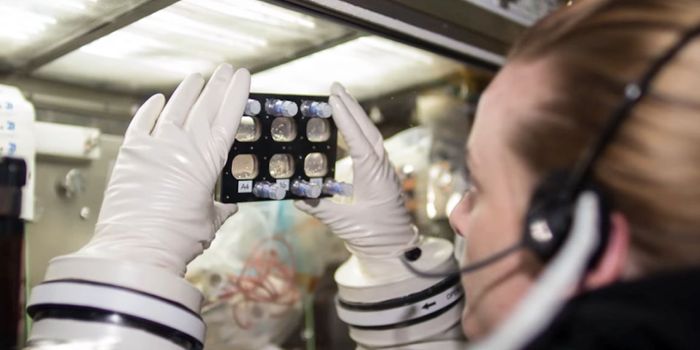Beyond the eye: improving melanoma detection
Research from UC San Francisco reports that it is possible to use genomic methods to detect skin damage from the sun not visible to the eye. The findings of the study, published in Nature, could help pave the way for more comprehensive skin cancer detection.
"It turns out that a multitude of individual cells in so-called normal skin is riddled with mutations associated with melanoma, which are a result of sun exposure," said senior author A. Hunter Shain, PhD, who is an assistant professor in UCSF's Department of Dermatology and a member of the UCSF Helen Diller Family Comprehensive Cancer Center. "Melanoma is an endpoint most often seen only after decades of mutational damage, but some people are at greater risk than others. With the techniques we have developed, those who have the most accumulated mutations can be monitored more closely and can choose to better protect themselves from sun exposure."
Melanoma is the most deadly skin cancer because though it can be surgically excised when detected early, it is challenging to treat once it metastasizes. Melanoma forms from melanocyte skin cells, which are responsible for making melanin pigments. While melanocytes are helpful in protecting skin cells from sun damage, when their DNA is damaged, they can grow into tumors.
The American Cancer Society predicts that roughly 100,000 people in the United States will be diagnosed with melanoma and about 6,850 will from the disease die this year. According to the ACS, the lifetime risk for melanoma is about 1 in 38 for whites, 1 in 1,000 for Blacks, and 1 in 167 for Hispanics.
While the researchers say that people with moles should be screened, they warn that only 30% of melanomas actually form from pre-existing moles. "Melanomas really can appear out of nowhere," Shain said. "We found out in this work that normal skin contains numerous melanocytes that already exhibit some of the mutations associated with cancer. Essentially, we found the precursors to the 70% of melanomas that do not arise from pre-existing moles."
The team’s multi-angle approach to detect and identify mutations in melanocytes in single-cell analyses could be helpful in making screening procedures more efficient, say the scientists. "We anticipate that a streamlined, automated version of these methods will one day become widely available to gauge melanoma risk and could serve as the basis for cancer-screening recommendations," Shain said.
Sources: Nature, Eureka Alert








